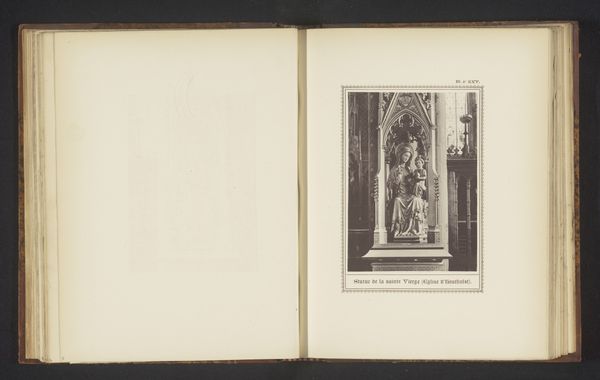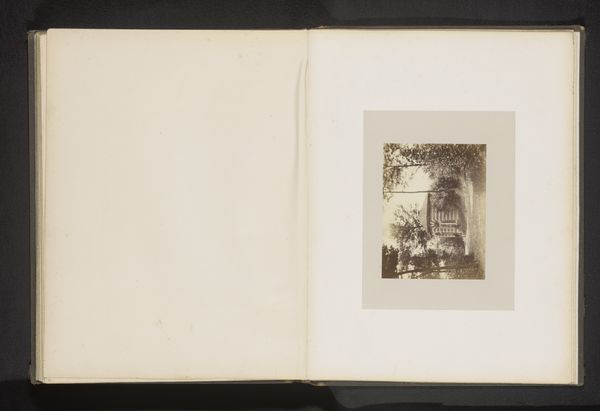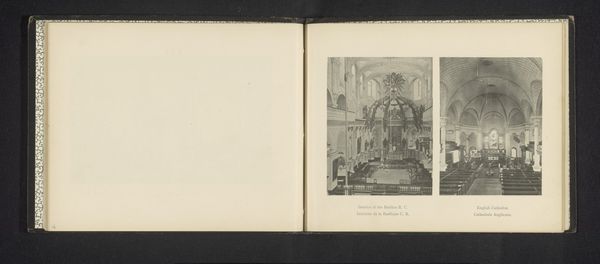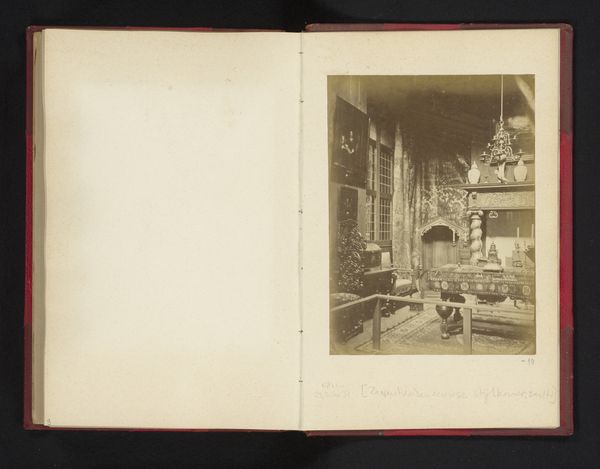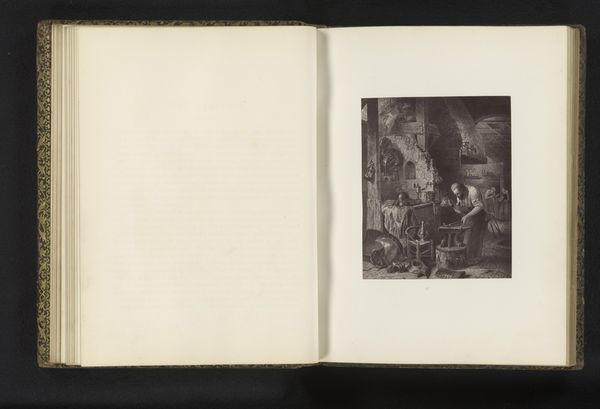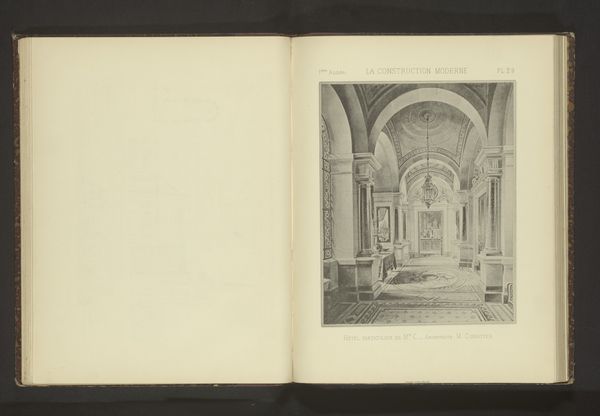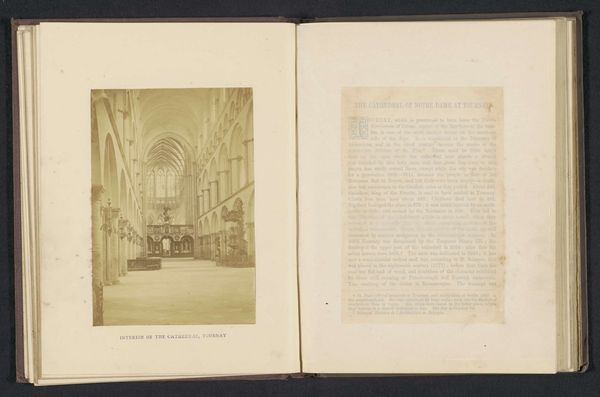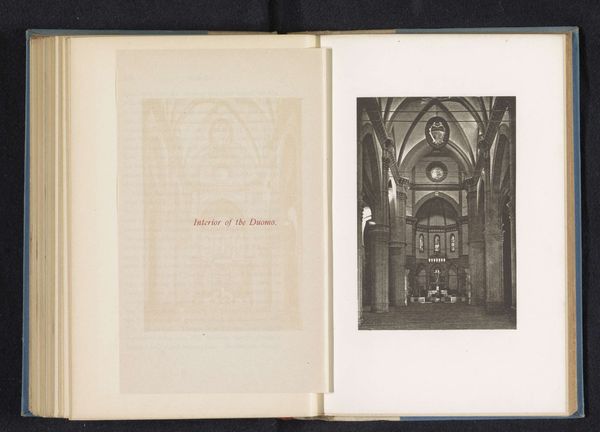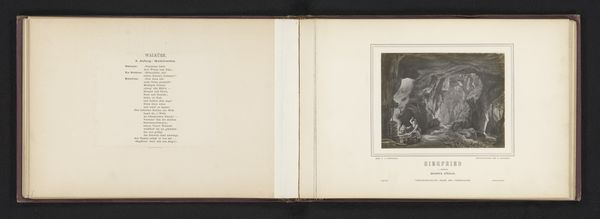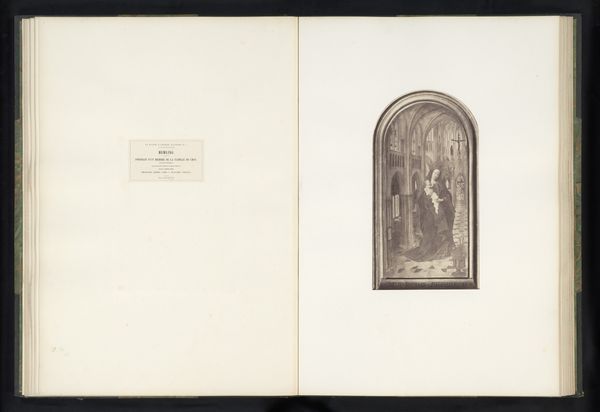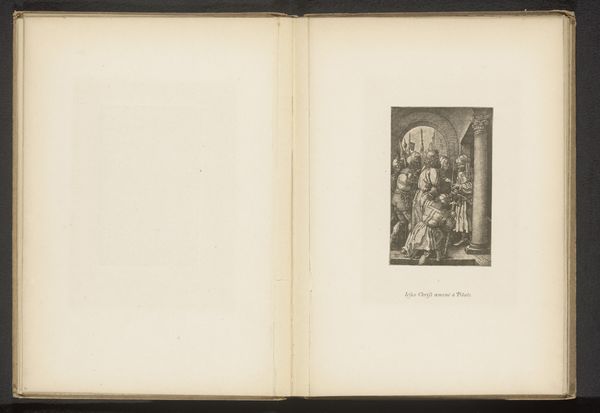
Grafmonument van Antonio Canova in de Basilica di Santa Maria Gloriosa dei Frari te Venetië before 1875
0:00
0:00
print, photography, sculpture, gelatin-silver-print, architecture
# print
#
landscape
#
photography
#
ancient-mediterranean
#
sculpture
#
gelatin-silver-print
#
architecture
Dimensions: height 152 mm, width 119 mm
Copyright: Rijks Museum: Open Domain
Carlo Naya made this photograph of Antonio Canova's tomb in Venice at an unknown date. It's a fascinating record of both the sculpture and the context in which it exists. Of course, we can't see the original marble in this image, but that’s precisely the point: photography was itself a new medium, using light-sensitive chemistry to capture the world with unprecedented accuracy. Naya’s photograph would have been made using a large format camera and glass plate negatives, a labor-intensive process requiring considerable expertise. Consider how this new medium was deployed: to document the work of a Neoclassical sculptor. The sharp detail of the photograph allows viewers to closely examine Canova’s artistry. The use of photography to document Canova's work reflects a desire to democratize art, making it accessible to a wider audience through mass reproduction. The photograph challenges traditional distinctions between fine art and documentation, inviting us to appreciate both the sculptural artistry and the photographic craft.
Comments
No comments
Be the first to comment and join the conversation on the ultimate creative platform.
